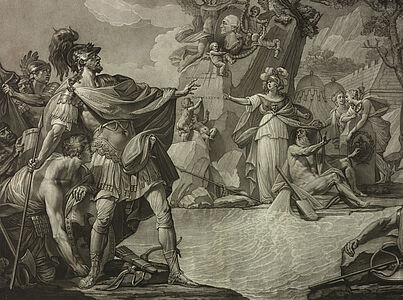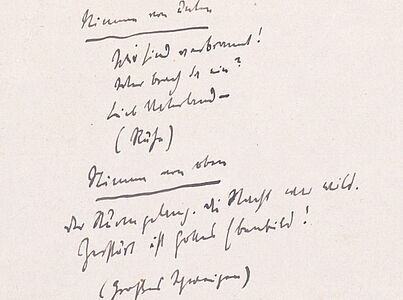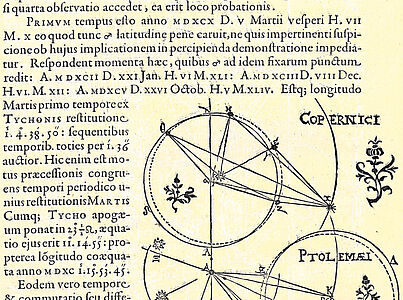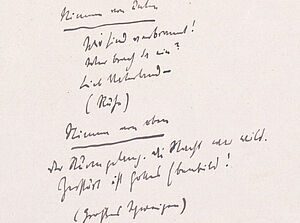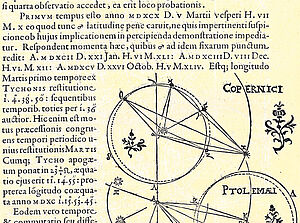You decide, we display!
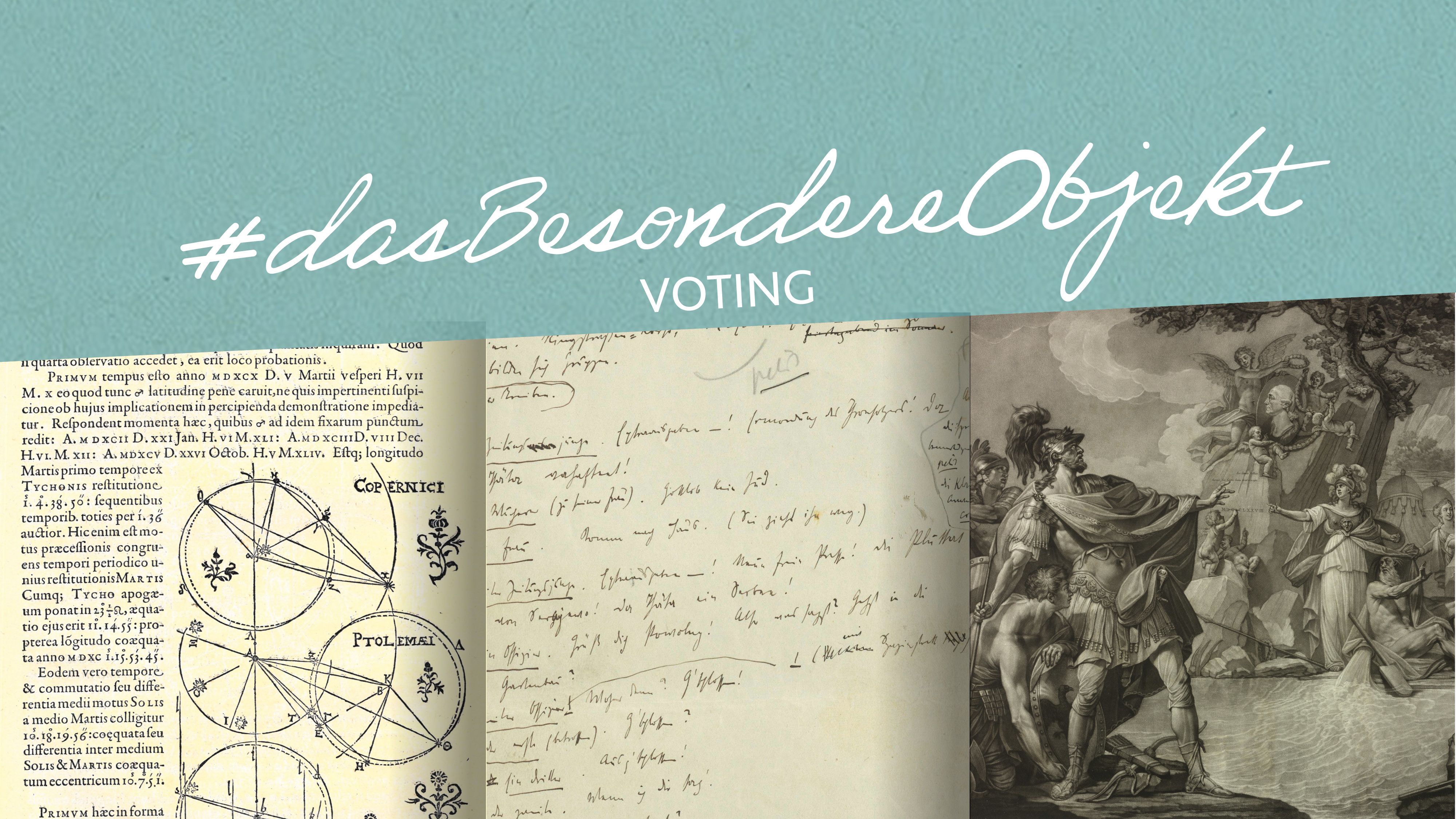
Which "Special Exhibit" would you like to see at a presentation? Vote now! In this round three extraordinary objects from holdings of the Austrian National Library are available. You can vote until 4 December. The winning object will be displayed in the State Hall of the Austrian National Library starting 21 March 2023 as well as at a presentation on 4 April 2023.
Dedicated to Mars
The Roman god in images and manuscripts
The Roman god Mars was not only the patron saint of the month of March. An entire planet is even dedicated to him in man’s projection of the world of the gods into the firmament. In the history of art and literature, however, Mars appears above all in his capacity as the god of war. In pictorial representations he is often seen in scenes depicting violent conflicts. Thus, the collections of the Austrian National Library also contain numerous texts or illustrations in which Mars is depicted in various contexts – often involving battle and wars.
Your vote counts!
You decide: Vote here for your favourite object!
Only one vote per IP address possible.
Object 1: Johann Jacobé: Mars backing away from Minerva
Mezzotint, 1795
An allegory of the Prussian invasion of Bohemia in 1778 during the War of the Bavarian Succession. This war was also known at the time as the "potato war" or the "plum commotion", since there was no major battle, but "only" a defensive war. The god of war Mars therefore stops in amazement on the left bank of the Elbe, as Minerva (the goddess of defensive war) prevents his passage. The effigy of Field Marshal Moritz Count Lacy appears to deter the enemy. The allegory was created by the Württemberg court painter Nicolas Guibal in 1779, the year of the peace treaty of Teschen. The print was executed in 1795 by the Viennese engraver Johann Jacobé (1733-1797), presumably as a collector's item.
Object 2: Karl Kraus: The Last Days of Mankind. A Martian Theatre
Original manuscript, 1915 - 1922
Karl Kraus' Die letzten Tage der Menschheit (The Last Days of Mankind) was written between 1915 and 1922 as a reaction to the First World War. The tragedy in five acts with a prelude and epilogue has no less than 220 scenes set in 137 different locations – with 1,114 speaking and silent roles. The scenes are only loosely connected and are often based on authentic contemporary sources and quotations that Kraus collected over the years to depict the inhumanity and absurdity of war. Because of its scope and the fact that in theory a performance would take days, Kraus thought of his play as a "Martian theatre"; "theatre-goers of this world would not be able to endure it", as he explains in the preface to the book edition.
Object 3: Johannes Kepler: On the movement of the planet Mars
Scientific work, 1609
After the death of the Imperial Court Mathematician Tycho Brahe, Johannes Kepler was given not only his office but also his observation data on the planets, especially Mars. Kepler used this data to develop his theory that Mars – and thus also the other planets – did not move in circular orbits as had previously been assumed, but in elliptical orbits with the Sun as the focal point. It was indeed an "astronomia nova", as it is called in the official title, a completely new astronomy that Kepler presented here. In the introduction to this work, he could rightly boast that he had confronted the ever elusive Mars and had defeated it "in an arduous and laborious war" with the help of mathematics.

